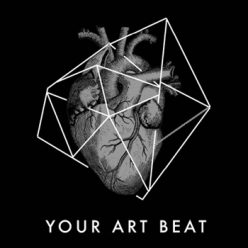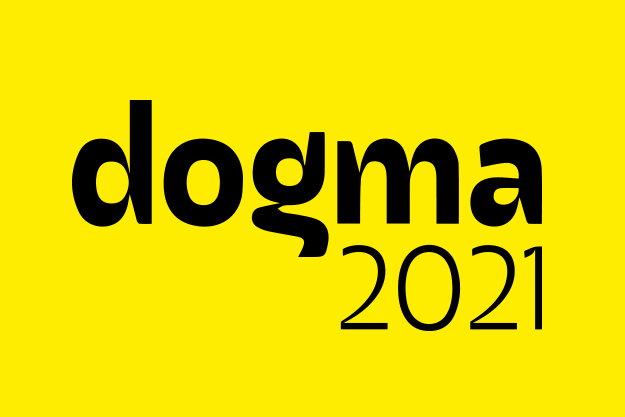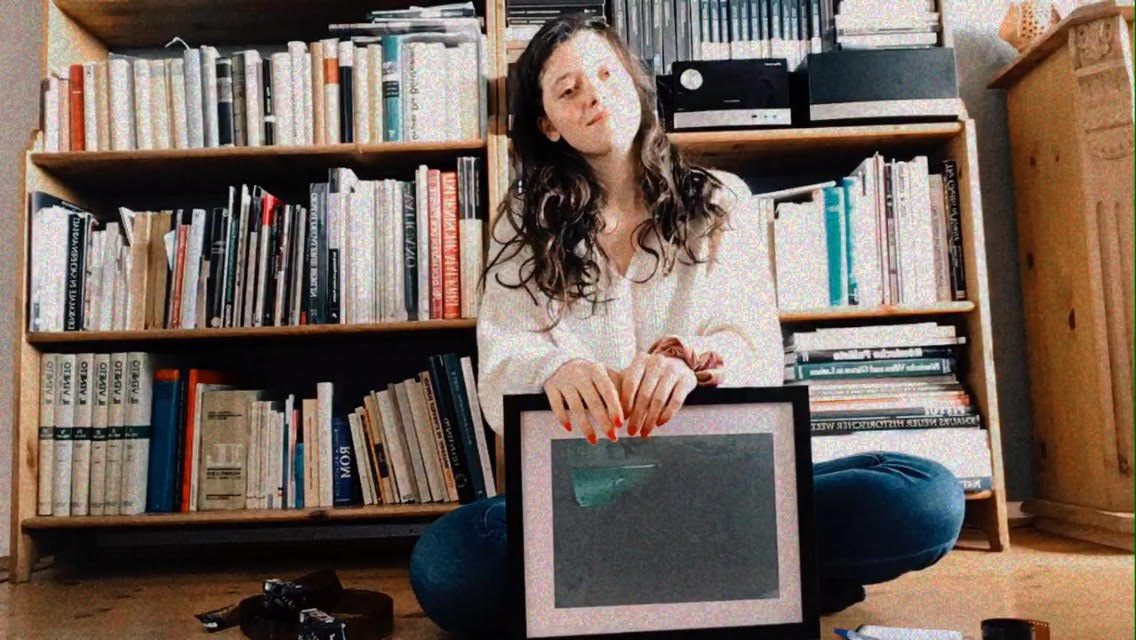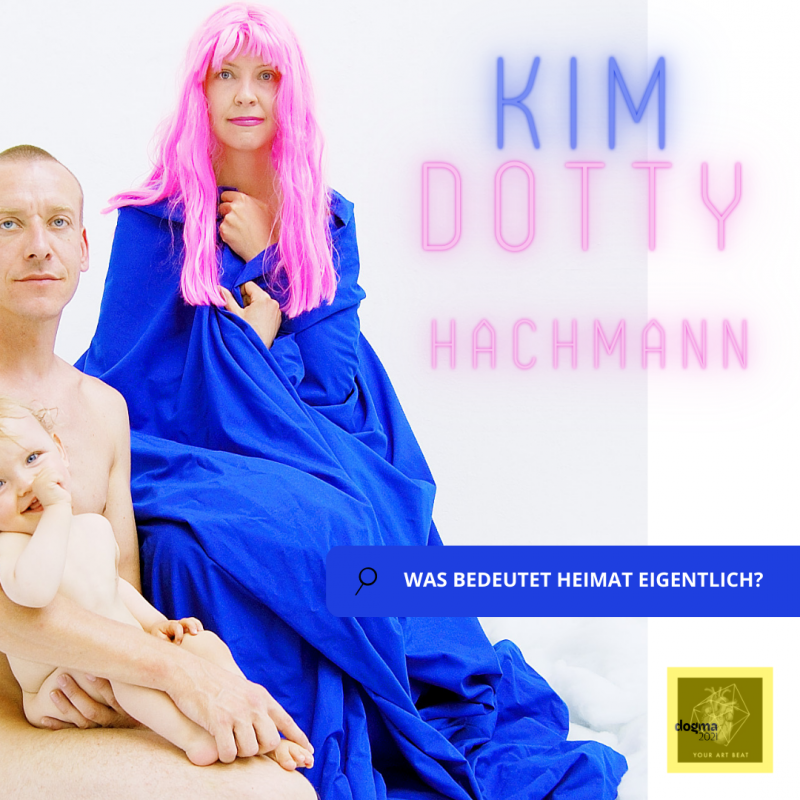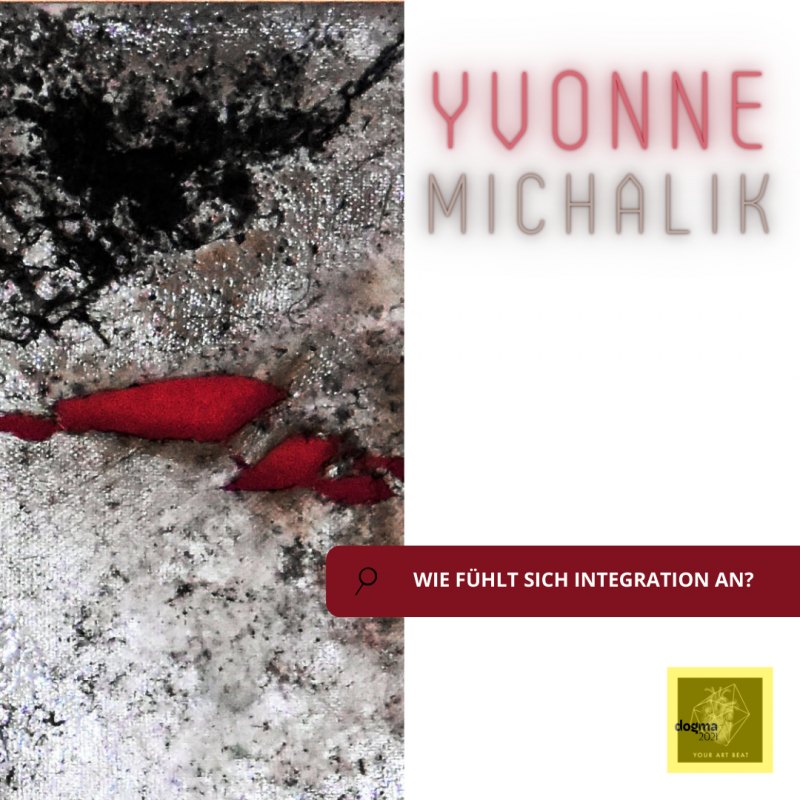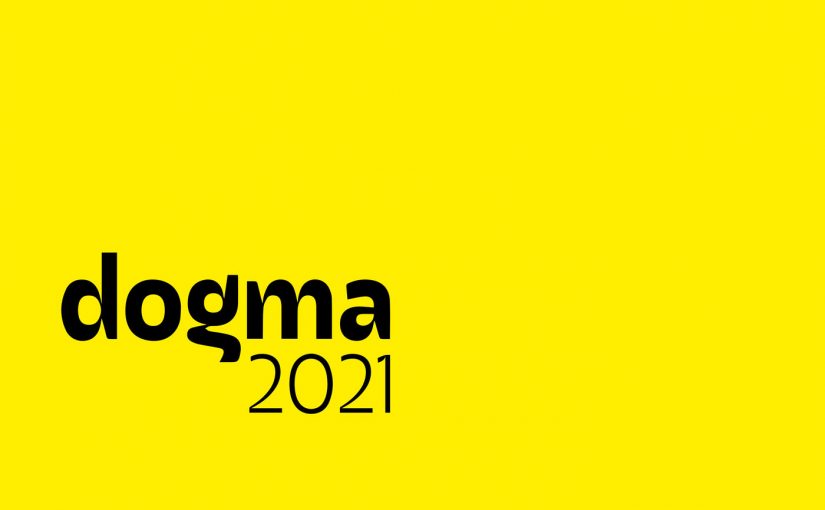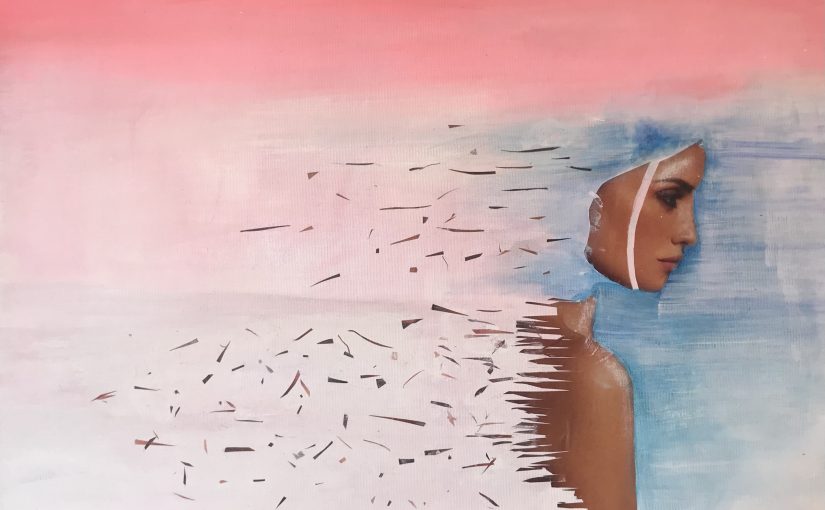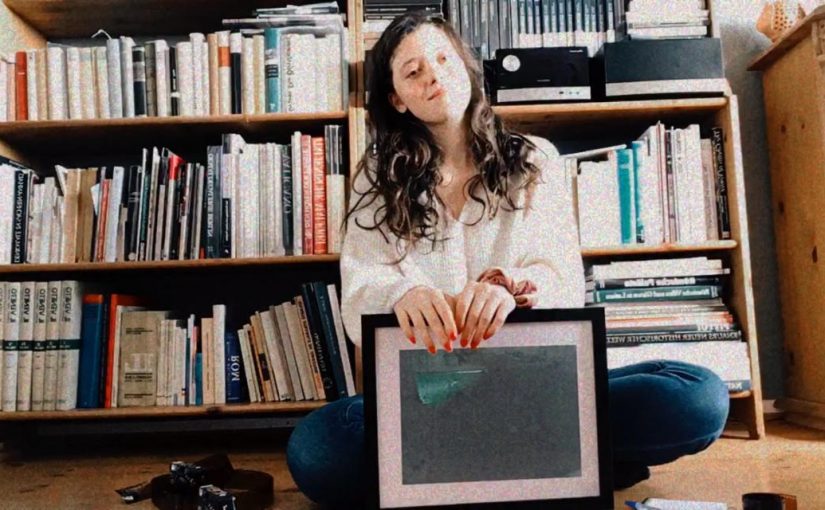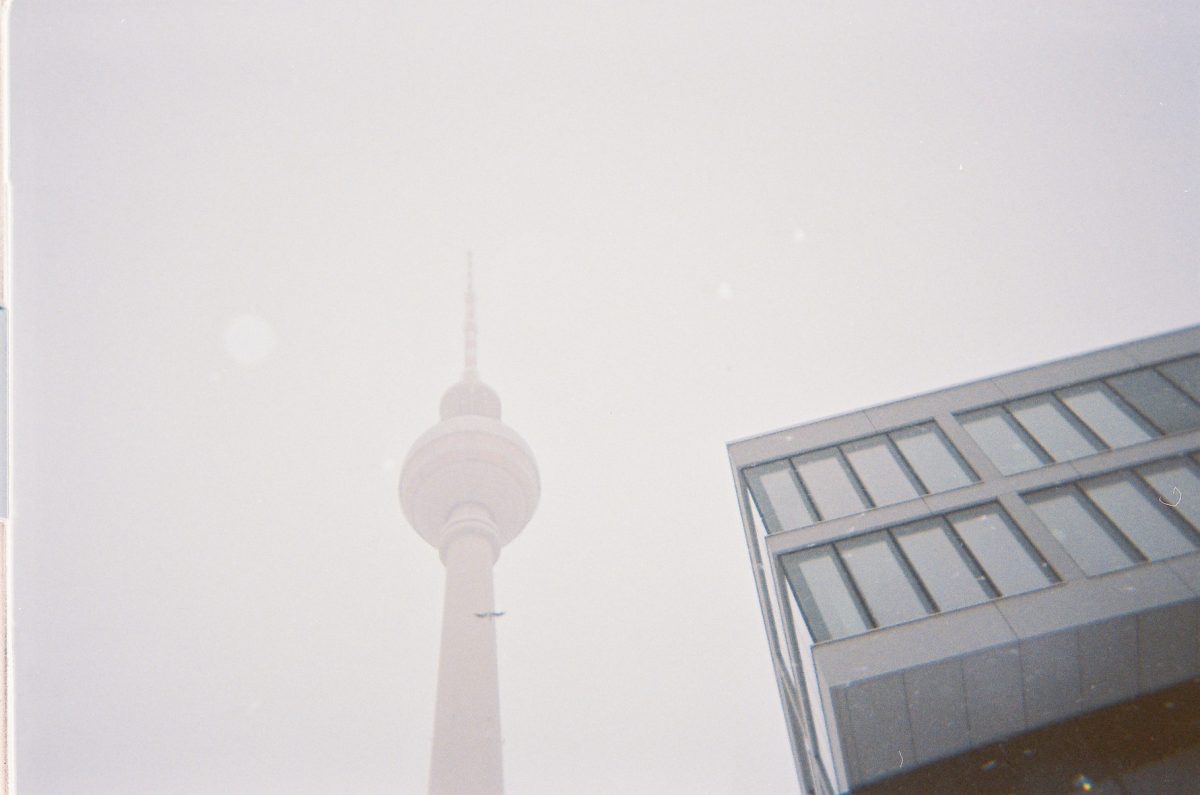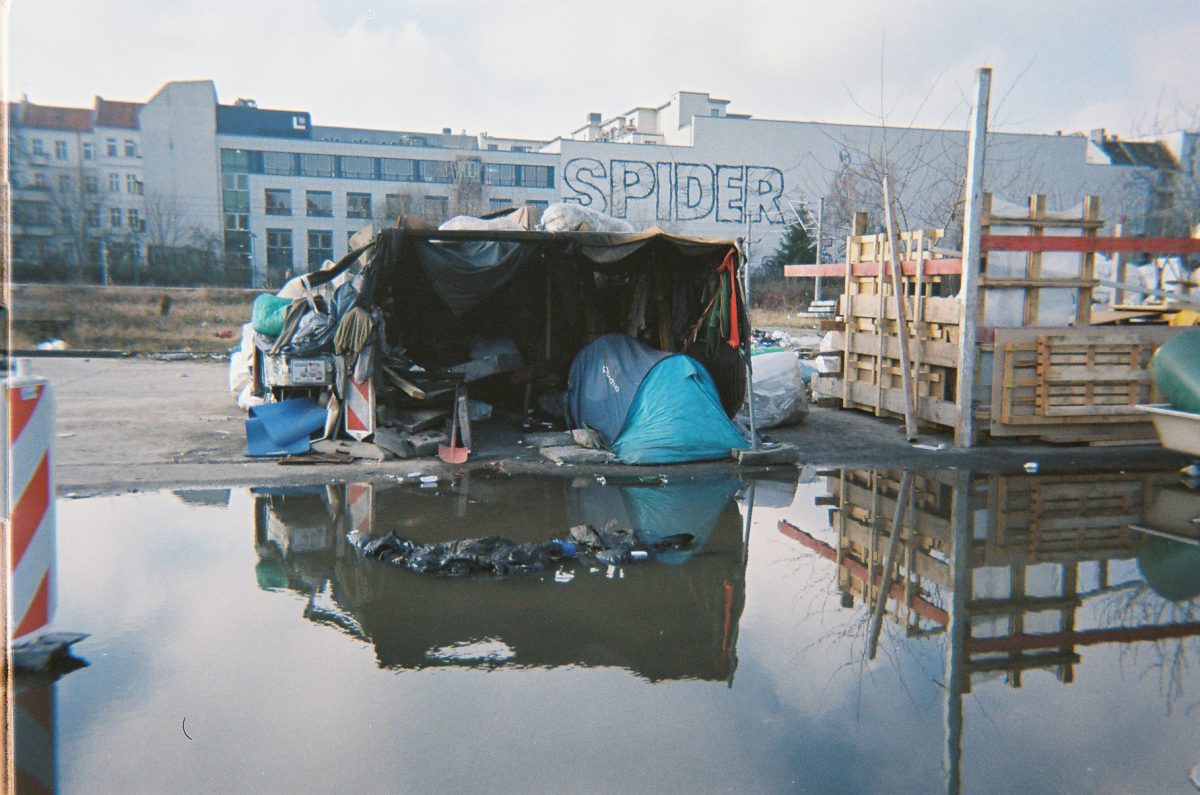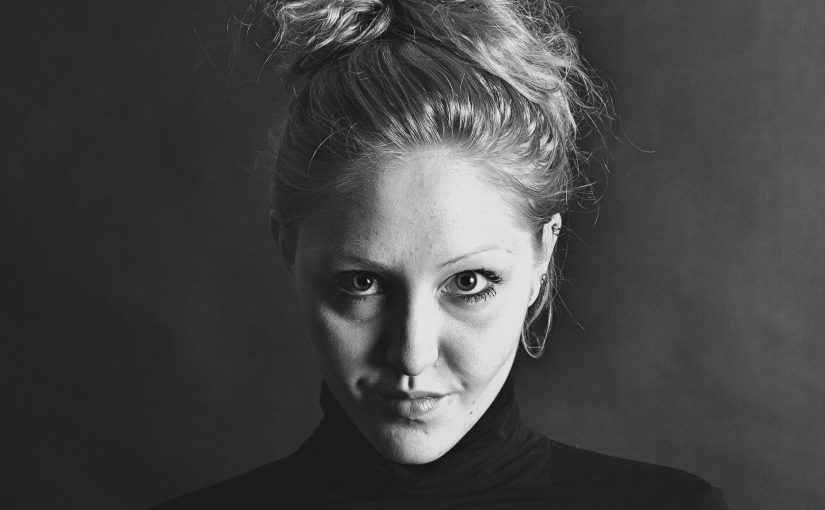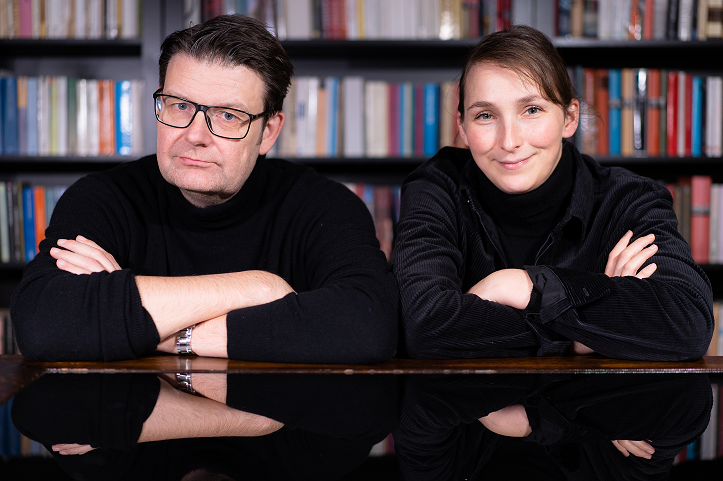In unserer neuen Folge unseres YourArtBeat Podcasts reden wir mit Christiane Welker über Heimat und Flucht. Dabei kriegen wir einen Einblick in die Arbeit mit Flüchtlingen, erfahren warum eine Flucht schon von der Begrifflichkeit her nie freiwillig sein kann und wie wir Flüchtlinge unterstützen können. Wir sprechen auch über die Integration von Flüchtlingen in unsere Gesellschaft und erfahren, warum Angst niemals eine gute Lösung ist. Im Rahmen dessen, möchten wir euch auch deren Herzensprojekt „Wohnopia“ vorstellen. „Wohnopia“ ist ein gemeinschaftliches und Generationsübergreifendes Hausprojekt in Erfurt mit dem Ziel Wohnraum zu schaffen, der dauerhaft bezahlbare Mieten gewährleisten soll und auch als Ort der Gemeinschaft und Solidarität dient. Unter www.wohnopia.de erfahrt ihr mehr.
Jetzt die neue Folge anhören.
